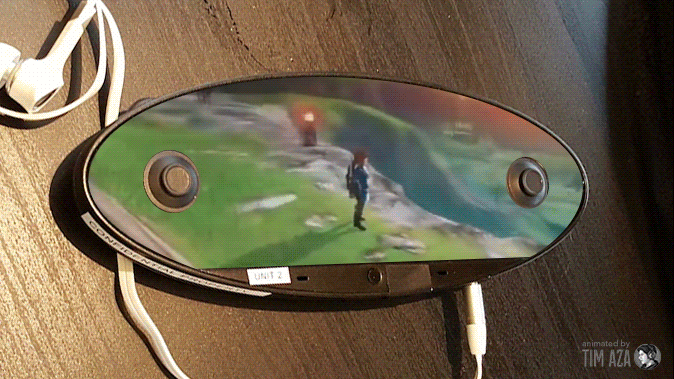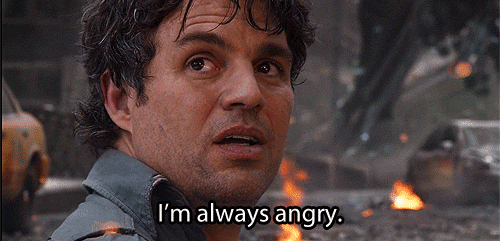All the mockups look fancy, sure. But then you take a second to think about it and there's absolutely no advantages to this concept. It's an even further crippled WiiU (whose concept was already lacking value big time) which would again add price for no concrete reason. Even when people proclaimed that you could do any Wiimote commands with buttons, the point was still providing a different/more fun experience through motion. Which can't be said for digital buttons and a handicapped video image.
That's not true at all. Other than the "cleaner" interface (which is an advantage by itself), it gives developers complete freedom over how menus and buttons appear in their game. There may be some standardization at first, but consider this:
- the position of buttons can change, depending on the game. Position could even change within the game itself depending on the menu you're in.
- the size, color, and shape of the buttons can change.
- the "graphics" of a button can change. If this mockup is close to the truth, you may not even have an 'A' or 'B' button displayed on the screen. You'd just have something labelled "Attack" or maybe a little picture with a sword.
- the number of buttons can change. Devs with simpler interfaces can omit buttons to save space, while more complicated games can add in more buttons.
- devs can use many different
kinds of buttons. You lack imagination if you think digital A and B buttons is all this could do. Imagine slider bars, touch-and-flick buttons, rotating wheels, etc.
There's also the possibility that the system will allow users to adjust how buttons are displayed, giving freedom similar to what Steam controller does. Don't like the default buttons for Zelda? Enlarge them. Shrink them down. "Unlock" them and slide them to a different part of the screen. Hide them in a sub-menu.









